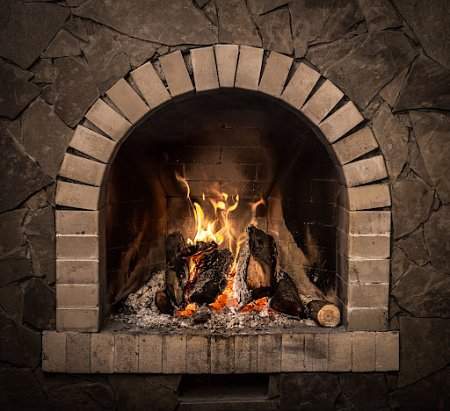
Although most home applications don’t require your glue to withstand high temperatures, sometimes you’ll need some heat-resistant glue. Let’s take a closer look at high-temperature adhesives and how to choose the best one for your needs.
What is a Heat-Resistant Adhesive?
Simply put, it’s a type of glue that can withstand temperatures ranging mostly from 90 to 260 °C (some can be extremely high-temperature resistant going up to 2500 °C!).This high-temperature resistance allows it to be used in applications that standard glues can’t handle, e.g., automotive repairs, furniture construction, heating systems, or stove assembly. A temperature-resistant adhesive can be applied on various surfaces, be it glass, metal, ceramic, wood, bricks, or plastic.
Types of high-temperature adhesives
Heat-resistant glue can have various forms, depending on the materials it’s meant to put together. The most common are:
Epoxy adhesives
These are mostly transparent epoxy liquids that typically won’t soften under heat after drying. They stay transparent after application and don’t turn yellow when exposed to higher temperatures. Plus, this kind of adhesive can reach higher strengths than most other options. Typically used for metal.
You can also find epoxy resins (a.k.a. thermosets or polyurethane adhesives) that provide high strength adhesion and resist temperatures up to 280 °C. Unfortunately, they are rather slow to dry and can’t be remelted and reworked, as they are chemically cross-linked products. They are meant for plastic.

High-heat silicone
Temperature-resistant adhesives based on silicone come in paste or liquid form – both types can be mixed together. This is by far the best heat-resistant glue when it comes to strength and resistance combined – it provides excellent adhesion and extreme heat resistance up to 2500 °C. As a downside, in most cases it takes a significantly long time to properly dry and cure, which makes it useless when you need to fix something quickly. High-temperature silicone glues are used for glass and ceramics (including ceramic fibres) – they are great for ovens, both for indoor and outdoor use. If you’re building/assembling an oven, check these products offered by Vitcas.
Quick-dry latex
Latex adhesive provides excellent resistance against wear and, when fully hardened, deformation and tearing. It is extra quick to dry – most of these glues are good to go after just 15 minutes. Unfortunately, their temperature range is rather low and doesn’t usually go past 80 °C. They work well on vinyl, rubber, and neoprene.
Pressure sensitive adhesive
This comes in two forms:
- liquid – which you apply with a brush or a roller, and press it into place;
- foam – it can be sprayed onto a surface and dried quickly, even in large quantities.
They are great for porous surfaces, like wood. Their downside is that they aren’t too good when exposed to high pressure over time. When it comes to heat-resistance, they typically don’t go past 100 °C.

Things to consider while choosing high-temperature resistant glues
When you’re browsing for a high-temperature glue, there are a few factors that you should consider. Before buying anything, you should check:
- High-temperature resistance – the main feature that refers to resisting breakdown under high temperature. You should always check the glues’ temperature range and make sure it’s enough for what application you have in mind. If you want to get the ones that can cope with the highest temperatures, you should jump straight to organic adhesives – they can easily get by in 300 °C.
- Workability – depending on what you want to do, you might need to look for glues that can be sanded, painted over, or even drilled into when they’re done drying.
- Bonding time – another straight-forward stat – the quicker the glue bonds, the shorter the interruption in your work.
- Viscosity – this is especially important, if you intend to glue vertical surfaces – the thicker the glue, the less likely it is to drip.
- Impact and shock resistance – impact resistant adhesive’s bond is less likely to be broken when the glued surfaces are hit (both accidentally and on purpose). The higher the glue’s shock resistance, the more likely the bond is to resist breakdown even when exposed to intense heat.
Heat-Resistant Adhesives – summary
Heat-resistant glue is a specialized type of adhesive substance that can withstand temperatures way higher than your day-to-day glue. The best heat-resistant glues can cope with extremely high temperatures, making them ideal materials for putting together ovens (e.g., heat-resistant silicone). You can find various types of temperature resistant glues that can be used in numerous home improvement projects. Choosing the right glue for the job will ensure a super tough bond that can withstand even the most extreme conditions when fully cured.